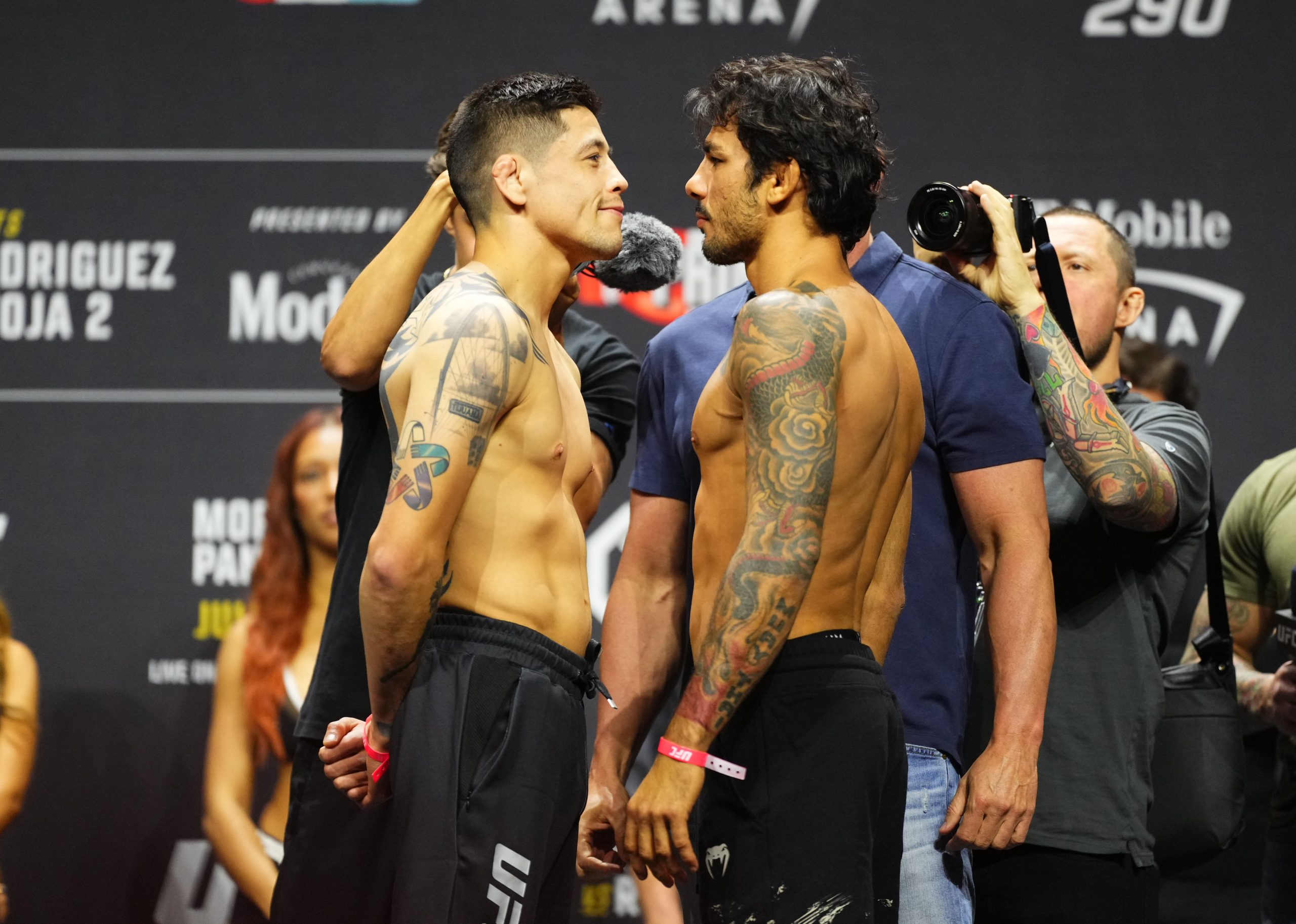As the Ultimate Fighting Championship (UFC) continues expanding its footprint worldwide, Latin America has emerged as one of the most dynamic new battlegrounds for talent, fandom, and future growth. The region’s passion for contact sports, growing infrastructure, and rising pool of athletes have made it fertile ground for mixed martial arts. Much like how best non UK casinos have gained popularity by offering alternative platforms tailored to specific markets, the UFC is tailoring its brand and operations to resonate with Latin American audiences – both in and out of the octagon.
The Surge of Latin American Fighters in the UFC
The past decade has seen a sharp increase in Latin American fighters entering the UFC, many of whom have become fan favorites or serious contenders. The success of athletes like Brandon Moreno from Mexico and Alexa Grasso has elevated regional interest in MMA from casual enthusiasm to full-blown fandom.
Here’s a snapshot of notable Latin American UFC fighters:
| Fighter | Country | Notable Achievement |
| Brandon Moreno | Mexico | Former UFC Flyweight Champion |
| Alexa Grasso | Mexico | UFC Women’s Flyweight Champion |
| Santiago Ponzinibbio | Argentina | Welterweight contender with global fans |
| Raul Rosas Jr. | Mexico/USA | Youngest fighter signed to UFC |
| Irene Aldana | Mexico | Title challenger in the Bantamweight division |
Their success has not only inspired a new generation of fighters but has also brought major UFC events closer to Latin soil.
Local Events and UFC Expansion in the Region
UFC has been strategically hosting events across Latin America to increase brand presence and scout emerging talent. Mexico City has already been a repeat destination for Fight Night cards, and Dana White has hinted at further expansion into Argentina, Chile, and Colombia. These events are more than sporting contests – they’re cultural touchpoints that engage local audiences directly.
Recent UFC events in Latin America:
- UFC Fight Night: Mexico City (2019) – Headlined by Yair Rodríguez vs. Jeremy Stephens
- UFC Fight Night: Santiago, Chile (2018) – The first UFC event in Chile
- The Ultimate Fighter: Latin America Series (2014–2016) – A key talent discovery platform
Each of these appearances solidifies the UFC’s intent to grow regionally, not just through fighters but through local partnerships, gyms, and media tie-ins.
Training Infrastructure and Talent Development
Latin America has long produced elite boxers and wrestlers, but MMA-specific facilities are a more recent phenomenon. The emergence of MMA gyms in cities like Guadalajara, Buenos Aires, and São Paulo has created ecosystems that support year-round training and talent development.
Key developments in the regional fight infrastructure:
- New UFC-affiliated gyms in Mexico and Brazil
- Investment in coaching and cross-training in BJJ, Muay Thai, and wrestling
- Sponsorships and scholarships from local brands to support young athletes
These shifts are not just logistical – they’re cultural. As MMA becomes more integrated into local sports scenes, communities are seeing it as a pathway to professional opportunity and international recognition.
Media Coverage and Audience Growth
The UFC has invested heavily in Spanish and Portuguese-language content, offering localized broadcasts and exclusive interviews with Latin American fighters. Streaming services and social media have played a massive role in expanding viewership, especially among younger fans.
Growth indicators among Latin American audiences:
- Massive pay-per-view spikes in Mexico during title fights featuring local fighters
- Social media engagement on UFC’s Spanish and Portuguese channels
- New TV and online partnerships in Argentina, Chile, and Colombia
This growing engagement has turned UFC events into national talking points and given fighters significant celebrity status in their home countries.
Challenges and Future Prospects
While the region holds immense promise, the path isn’t without obstacles. Economic instability, limited sponsorships, and visa challenges can hinder fighters’ progress. Still, the UFC’s long-term investment signals confidence in overcoming these barriers.
Areas where further development is needed:
- More consistent UFC presence with annual events
- Sponsorship deals tailored for Latin American athletes
- Local regulation and athlete protection reforms in some countries
By continuing to invest in local infrastructure, broadcasting, and training ecosystems, the UFC is not only expanding its brand but also nurturing a passionate and loyal base that will fuel the next wave of MMA growth.
Latin America’s Role in UFC’s Future
The global expansion of the UFC is not just about geography – it’s about identity. Latin American fighters bring charisma, grit, and deeply loyal followings that are reshaping the UFC’s audience profile. With growing media visibility, expanding gym networks, and fighters already climbing the ranks, Latin America isn’t just participating – it’s becoming a defining force in the future of mixed martial arts.

